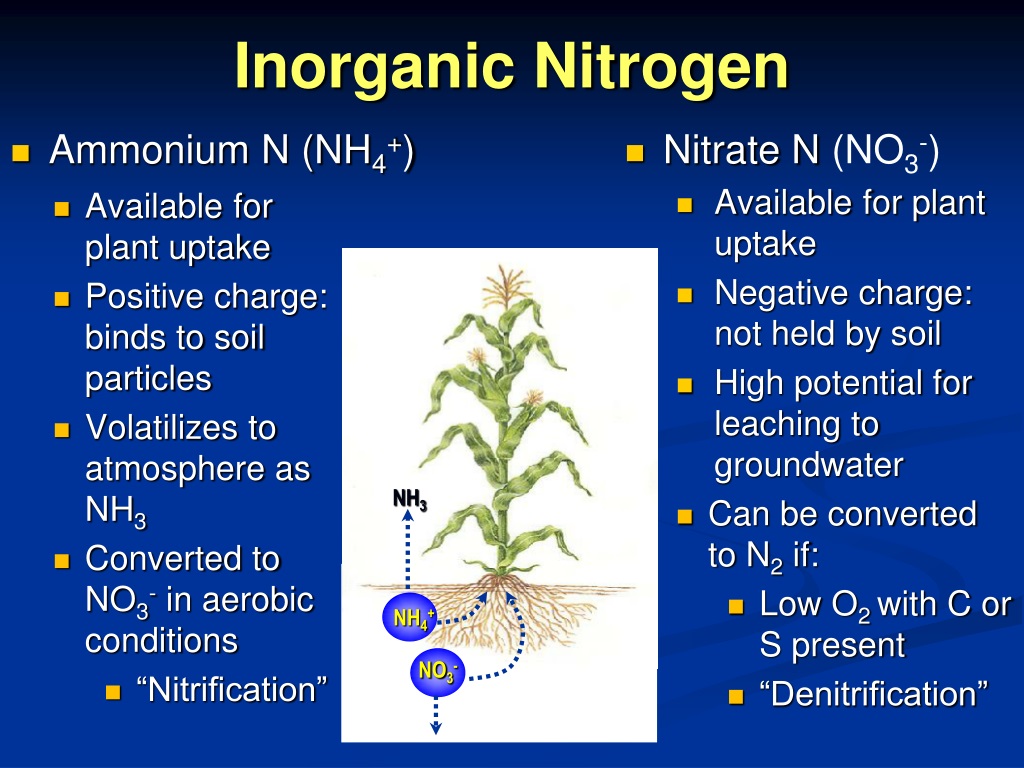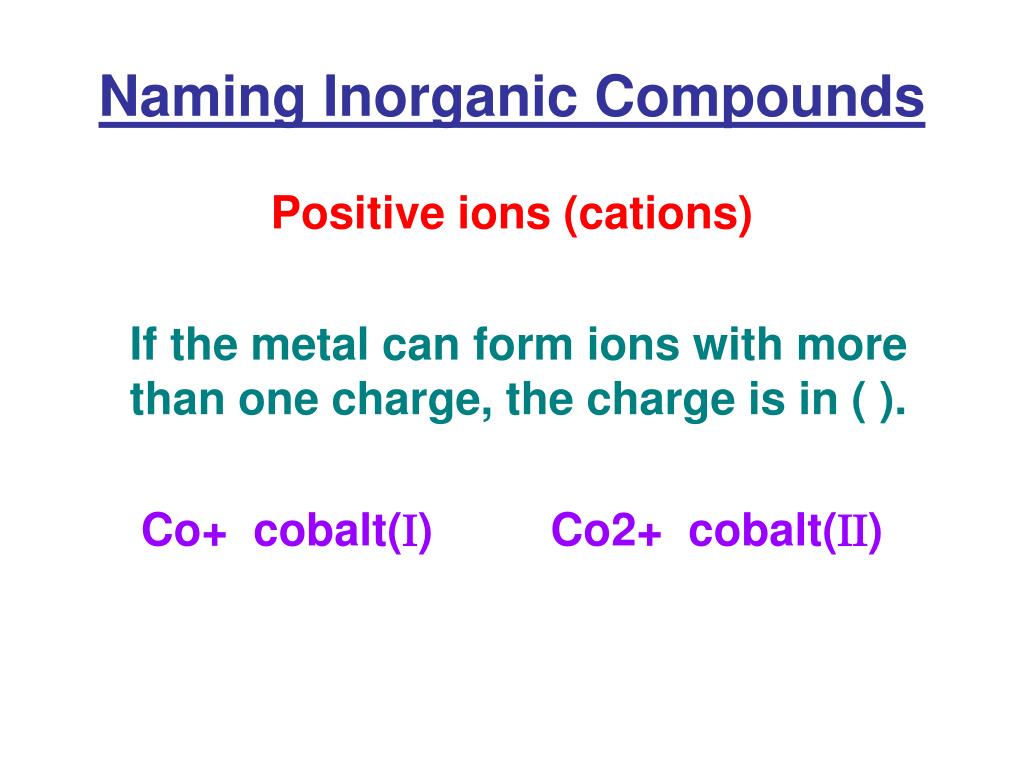
"Geomicrobiology: How Molecular-Scale Interactions Underpin Biogeochemical Systems". ^ Dan Berger, Bluffton College, analysis of varying inappropriate definitions of the inorganic-organic distinction: Otherwise consistent linked material differing from current article in downplaying the carbon present vs carbon absent distinctive:.Brief English commentary in English can be found in Bent Soren Jorgensen "More on Berzelius and the vital force" J. Berzelius "Lehrbuch der Chemie," 1st ed., Arnoldischen Buchhandlung, Dresden and Leipzig, 1827.

IUPAC does not offer a definition of "inorganic" or "inorganic compound" but does define inorganic polymer as ".skeletal structure that does not include carbon atoms.".The majority of its content deals with metal complexes of organic ligands.


Some simple carbon compounds are often considered inorganic. Inorganic compounds comprise most of the Earth's crust, although the compositions of the deep mantle remain active areas of investigation. The study of inorganic compounds is a subfield of chemistry known as inorganic chemistry. In chemistry, an inorganic compound is typically a chemical compound that lacks carbon–hydrogen bonds, that is, a compound that is not an organic compound. Chemical compound without any carbon-hydrogen bonds


 0 kommentar(er)
0 kommentar(er)
